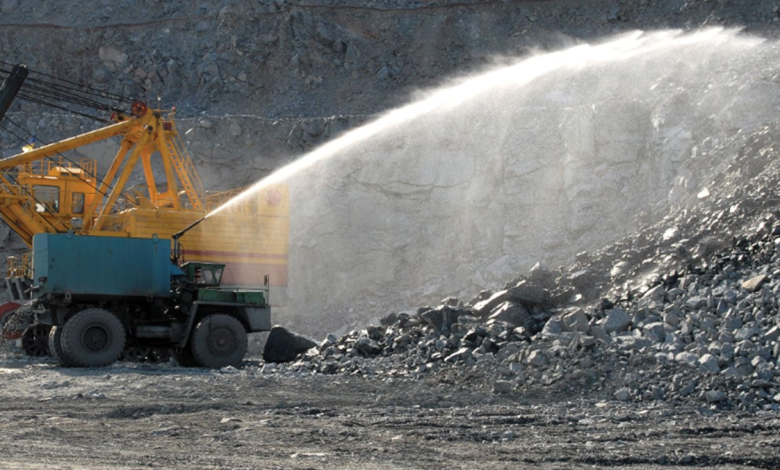Unveiling the Science of Dust Suppression: Its Mechanisms and Importance

In today’s industrial and urban landscapes, managing airborne particulates has become a pivotal environmental and health challenge. Dust suppression techniques, or abbattimento polveri, are critical in minimizing the adverse effects of dust on health, machinery, and the environment. This article delves into the scientific principles that drive effective dust suppression and highlights why these strategies are indispensable.
The Need for Dust Suppression
Dust, a common byproduct of many industrial processes, construction activities, and natural events, poses significant risks. Inhalable particles can lead to severe respiratory problems, degrade air quality, and contribute to the deterioration of machinery and infrastructure. Effective dust management is not only a health imperative but also a regulatory requirement in many sectors.
How Dust Suppression Works
Mechanical Systems
Mechanical dust suppression systems, such as misting cannons and dust collectors, physically capture or knock down dust particles from the air. Misting cannons release fine sprays of water that bind with dust particles, increasing their weight and causing them to settle. On the other hand, dust collectors use filtration systems to trap particulates from the air, preventing their re-release into the environment.
Chemical Methods
Chemical dust suppressants include solutions like magnesium chloride, calcium chloride, and organic polymers, which are applied to potential dust sources. These chemicals create a moisture-absorbing or cohesive layer over dust particles, effectively reducing their airborne potential. This method is particularly useful in controlling dust on unpaved roads and during the demolition processes.
Vegetative Barriers
Vegetative barriers are a natural and sustainable approach to dust suppression. Strategic planting of grasses, shrubs, and trees can trap dust particles before they spread. These green barriers not only capture dust but also enhance the aesthetic value and biodiversity of the area.
The Science Behind Dust Binding
At the molecular level, dust suppression revolves around altering the surface properties of dust particles to prevent them from becoming airborne. This involves increasing particle mass or altering surface energy through moisture or chemical binders, making it harder for wind or mechanical actions to lift the particles. The effectiveness of a dust suppression method depends on the nature of the dust, environmental conditions, and the chemical properties of the suppression agents.
Why Dust Suppression Matters
Health and Safety
Effective dust suppression helps mitigate the health risks associated with particulate inhalation. Workers in mining, construction, and agriculture, among other industries, are particularly vulnerable to lung diseases caused by dust inhalation. Reducing airborne dust particles ensures a safer work environment and decreases the risk of respiratory conditions like asthma and silicosis.
Environmental Protection
Dust particles can carry pollutants and invasive species over long distances, which can degrade soil quality, pollute waterways, and harm wildlife. Dust suppression helps in maintaining ecosystem balance and protecting biodiversity.
Compliance and Sustainability
Adhering to environmental regulations is crucial for businesses to avoid penalties and lawsuits. Effective dust management practices demonstrate a commitment to sustainable operations, enhancing a company’s reputation and operational longevity.
